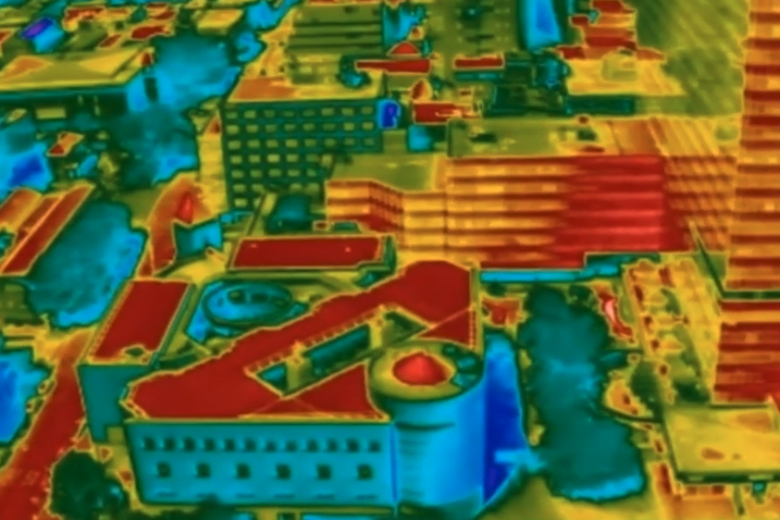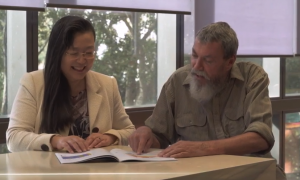
A new 3D mapping tool trialled by councils across Sydney could help localities improve the way they respond to rising temperatures.
The tool, developed by researchers alongside an urban cooling guide, is hoped to improve the way councils plan for urban heat islands.
With more than 400 cities worldwide experiencing heat stress, global rising temperatures present a growing challenge for the world’s cities.
It’s for this reason that experts at the University of NSW designed an advanced 3D mapping tool to compliment Australia’s first Guide to Urban Cooling Strategies, which was created in 2017.
The tool uses thermal imaging to help planners understand areas most affected by urban heat, enabling them to develop more informed urban policies and responses.
The 3D platform enables users to visualise development alternatives and ‘see’ the effects of various heat mitigation techniques such as the introduction of trees, cool roofs and water features.

“This tool is unique because it integrates scientific models with a range of mitigation techniques to provide urban heat island mitigation analysis across both urban and building scales, such as urban form, parks, greenery, waterways and cool roofs,” said Project Leader, Associate Professor Lan Ding.
The platform is also designed to be used by people who don’t have any technical knowledge, according to Associate Professor Ding.
“You simply click to explore development alternatives and view the potential of mitigation options to reduce the impact of urban overheating,” she said.
Parramatta Council experiments with 3D imaging
Located in Sydney’s notoriously warm west, Parramatta Council is one locality to trial the technology.
City of Parramatta Lord Mayor, Andrew Wilson, says rising temperatures are a key issue for council, where temperatures are 5-10 degrees higher than in the coastal parts of Sydney.
“As Parramatta develops, so we’re getting larger buildings and larger stands of concrete, and you can see on a heat map how many of those buildings and patches of concrete are basically retaining their heat overnight,” he said.
“So we’re seeing the liveability of our city go down.”
https://youtu.be/jHBielUELbc
Council is working with researchers from the Centre for Low Carbon Living at UNSW to understand the impact of rising temperatures on the city’s liveability.
It’s hoped that the Microclimate and Urban Heat Island Mitigation Decision-Support Tool will be used by councils like Parramatta in conjunction with the guide to encourage heat mitigation strategies such as installing shading structures, vertical reeling, water features and reflective materials.
“This tool and others like it that CRC LCL research has created over the past seven years, is helping change the face of the way we plan and build our cities to mitigate climate change,” Centre Chief Executive, Professor Deo Prasad said.
“This tool can be used by people without any technical background. You simply click to explore development alternatives and view the potential of mitigation options to reduce the impact of urban overheating.”
Green Square in the City of Sydney and Macarthur Heights in the City of Campbelltown are also experimenting with the technology to improve the liveability of their localities.
Comment below to have your say on this story.
If you have a news story or tip-off, get in touch at editorial@governmentnews.com.au.
Sign up to the Government News newsletter
Green roofs would create much cooler city centres – most highrise buildings are above tree canopy height therefore do not benefit from canopy shade. To compensate, they should be “green” – planted with meadows and low growing native vegetation to attract bees and birds and slow stormwater run off. Light weight planter construction can be retrofitted onto existing buildings, and any new high rise buildings should be designed for roof top planting. Solar PVs can co-exist with plants. Green roofs should be compulsory for any new high rise building.